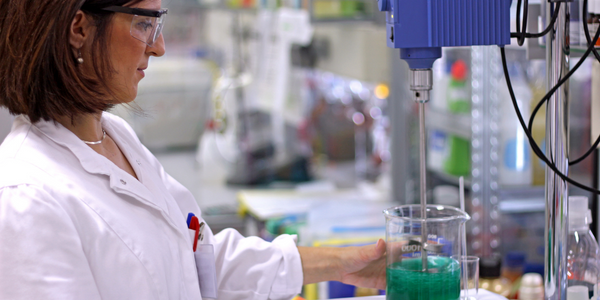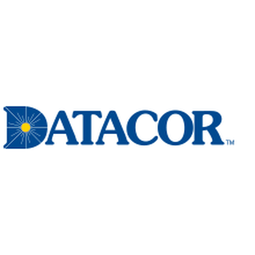下载PDF
Chempax gives companies the competitive edge in Customer Service
技术
- 功能应用 - 企业资源规划系统 (ERP)
适用行业
- 化学品
适用功能
- 商业运营
- 销售与市场营销
服务
- 软件设计与工程服务
挑战
Lintech International, a company serving the Chemical Distribution market, was struggling with an outdated software solution that was not meeting their needs efficiently. They needed the ability to email order confirmations and invoices to their customers in a timely manner. The company was using two separate systems to support their sales representatives (CRM) and accounting staff, which was slowing down communication and required dual maintenance.
关于客户
Lintech International of Macon, Georgia is a company with a “Global Reach and a Local Touch.” Lintech serves the Chemical Distribution market by providing a comprehensive line of quality raw materials with superior sales representation and the highest level of service. The company was facing challenges with their outdated software solution that was not serving their needs efficiently. They needed a solution that could streamline their customer service processes, handle separate pricing for each customer, combine orders from many warehouses, show everything the customer purchased, and provide an integrated CRM package.
解决方案
Lintech instituted a meticulous evaluation process with a defined set of criteria to find an improved software solution. Their primary objective was to streamline customer service processes. They needed a system that could handle separate pricing for each customer, combine orders from many warehouses, show everything the customer purchased, and provide an integrated CRM package. They chose Chempax because it was able to provide all these capabilities. The fact that Datacor, the company behind Chempax, specializes in the chemical industry was a clear advantage.
运营影响
相关案例.

Case Study
Honeywell - Tata Chemicals Improves Data Accessibility with OneWireless
Tata was facing data accessibility challenges in the cement plant control room tapping signals from remote process control areas and other distant locations, including the gas scrubber. Tata needed a wireless solution to extend its control network securely to remote locations that would also provide seamless communication with existing control applications.

Case Study
Advanced Elastomer Systems Upgrades Production
In order to maintain its share of the international market for thermoplastic elastomers AES recently expanded its Florida plant by adding a new production line. While the existing lines were operating satisfactorily using a PROVOX distributed control system with traditional analog I/O, AES wanted advanced technology on the new line for greater economy, efficiency, and reliability. AES officials were anxious to get this line into production to meet incoming orders, but two hurricanes slowed construction.
Case Study
Wireless GPS Tracking & Security Monitoring
Enhancing the security of hazardous freight and ensuring compliance with Homeland Security’s Transportation Security Administration mandate that all trains carrying chemicals capable of creating a toxic inhalation condition are equipped with on-board safety monitoring systems.

Case Study
Field Device Asset Management For Chemical Company in China
Chinese chemical subsidiary of multinational corporation serves customers throughout the world. Sales offices and research and technology centers are strategically located to provide rapid response to customer requests. Just two workers were assigned to maintain thousands of intelligent instruments in three production units, so they could do little more than react to device issues as they appeared. This costly maintenance method inevitably led to unexpected downtime when a critical instrument failed. Plant management recognized the need to change from reactive to predictive maintenance for all assets, including instruments and control valves, but help was needed in implementing such a technology-based initiative.

Case Study
Industrial Workforce Mobility for Improved Safety & Operations
Huntsman Corporation, a global manufacturer and marketer of differentiated chemicals, undertook an aggressive program to eliminate injuries, product defects, and environmental releases at their Port Neches facility. Termed “Project Zero”, this program required a completely mobile solution to empower operations and maintenance personnel to capture defects, track work progress and make process and safety related decisions in real-time.






